What is Manual Processing Device
Manual processing devices are specialized tools used in various industries to handle materials, manipulate objects, or perform small-scale manufacturing processes. These devices are typically operated by hand and often involve simple mechanical actions to achieve their intended tasks. They are designed to be user-friendly, portable, and suitable for a wide range of professionals, including those in the fields of education, laboratory research, electronics manufacturing, and more.
The principle behind manual processing devices is to provide precise control over the tasks they perform while ensuring safety and efficiency. These devices are often equipped with ergonomic features that reduce user fatigue and increase comfort during prolonged use. They may also incorporate safety mechanisms to prevent accidents or damage to the user or the materials being handled.
Manual processing devices come in many forms, such as pliers, screwdrivers, and clamps, each serving a specific purpose. For example, pliers are used to hold objects firmly or manipulate wire, while clamps are designed to securely fasten materials together. The simplicity of their operation belies their importance in executing precise tasks that contribute to the overall functionality of a product or the success of an experiment.
Types of Manual Processing Devices
The diversity of manual processing devices available on the market reflects the wide array of tasks they are designed to perform. Here is a glimpse into some of these varieties:
-
Hand Slicers: These are simple devices with a blade that is used for cutting food into slices. They are commonly used for slicing vegetables and fruits but can also be used for meat depending on the sharpness of the blade.
-
Can Openers: A can opener is an essential tool for food preparation, offering a way to remove the lid from cans easily and safely without coming into contact with its contents. Many modern can openers also include additional features like bottle openers or corkscrew tools.
-
Graters: Graters come in various forms, such as box graters designed for coarse grating or microplane graters that offer fine grating capabilities. They can be used for grating cheese, vegetables, or even zesting citrus fruits.
-
Peelers: While primarily designed for removing the skin from fruits and vegetables, peelers can also be used for paring the outer layers of other produce like potatoes or carrots. The sharp edge and user-friendly handle make them particularly handy in busy kitchens.
-
Knives and Cutting Tools: Manual knives and cutting tools are ubiquitous in food processing, used for everything from chopping vegetables to deboning meat. They can range from chef's knives for precise cuts to serrated knives for bread slicing.
How to choose Manual Processing Device
Selecting the appropriate manual processing device is crucial for businesses looking to meet their specific needs effectively. When considering a purchase on Alibaba.com, businesses should evaluate factors such as:
-
Type of Processing: The nature of the materials you will be handling should guide your choice. For example, if you're dealing with delicate fabrics that require precision cutting, a manual rotary cutter may be most suitable. On the other hand, if you're involved in agriculture and need efficient ways to shell seeds, a manual seed sheller would be beneficial.
-
Capacity: Consider the volume of material that needs processing. Devices come in various sizes to accommodate different quantities. It's important to choose one that aligns with your production needs.
-
Ease of Use: Ensure that the device you select is user-friendly and requires minimal training if any. This is particularly important in high-paced environments where time is of the essence.
-
Durability: Given that these devices will be used frequently, choose ones made from robust materials that can withstand regular wear and tear.
About Manual Processing Device on Alibaba.com
Alibaba.com stands out as a premier online marketplace connecting businesses worldwide with a comprehensive range of manual processing devices. With an expansive selection covering various industries' needs—from food preparation to healthcare—Alibaba.com serves as a one-stop shop for businesses seeking efficient and reliable equipment. The platform's user-friendly interface allows buyers to filter products based on specific attributes such as material, key features, and application—ensuring they find devices tailored to their unique requirements.
Businesses can trust Alibaba.com's commitment to facilitating global trade by offering services like Trade Assurance, which protects payments until delivery is confirmed. The platform's dedication is evident through its multilingual support system and mobile-friendly shopping experience—reinforcing its mission to make international business easy regardless of location or scale.
Moreover, Alibaba.com empowers small and medium-sized enterprises by providing an array of manual processing devices that cater to their various needs within the food service industry. Whether it's slicing, dicing, grating, or pureeing, businesses can find devices designed to streamline their operations while maintaining quality standards. With Alibaba.com's focus on connecting buyers with reputable suppliers offering customized solutions, businesses can rest assured they're investing in equipment that will enhance their operational efficiency and product quality.
Common FAQs for Manual Processing Device
What is a manual processing device used for?
A manual processing device is used for a variety of tasks that require precision and fine control, such as in metalworking, woodworking, or during assembly processes. These devices help ensure consistency and quality in the final product.
How does a manual processing device work?
A manual processing device typically involves a fixture or a jig that holds the workpiece in place. The operator manually guides the workpiece against a cutting tool, following a pre-determined pattern or template.
What are the advantages of using a manual processing device over automated systems?
Manual processing devices are often more cost-effective and flexible than automated systems. They are suitable for lower-volume production runs and can be easily integrated into workflows requiring high degree of customization.
Can manual processing devices be used for precision work?
Yes, manual processing devices are designed to provide precision and control similar to that of automated systems. They are commonly used in tasks such as finishing touches on detailed workpieces.
Are there different types of manual processing devices available for different materials?
Yes, there are various types of manual processing devices, each designed for specific materials. For instance, a device suitable for soft materials like plastics will have a lower force output, while one for metals requires a more durable tool.
How do I know which manual processing device is right for my business needs?
Consider the type of material you'll be working with, the complexity of the tasks involved, the precision required, and the force necessary when choosing a manual processing device. Suppliers may provide guidance on which device is best suited for your specific needs.
What safety precautions should be taken when using a manual processing device?
Always wear appropriate personal protective equipment (PPE) and follow the manufacturer's instructions. Ensure that the device is used by trained personnel who understand its operation to prevent accidents.
How do I maintain my manual processing device?
Regular maintenance of manual processing devices includes cleaning, lubricating moving parts, checking for wear on cutting surfaces, and ensuring that all safety mechanisms are functioning properly.
Can manual processing devices be customized according to specific requirements?
Many suppliers offer customization options for manual processing devices based on specific requirements such as size adjustments, material choices, or additional functionalities.










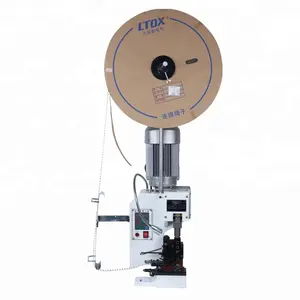

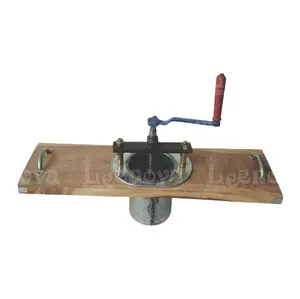




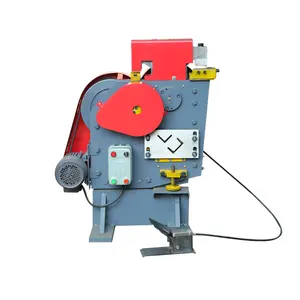
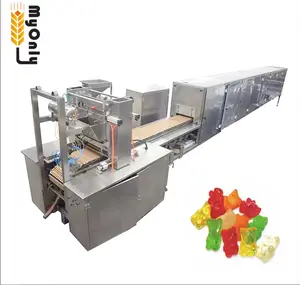
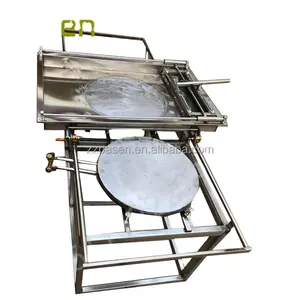
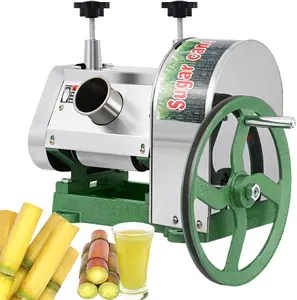




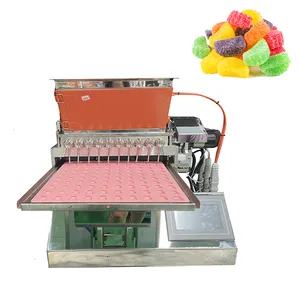



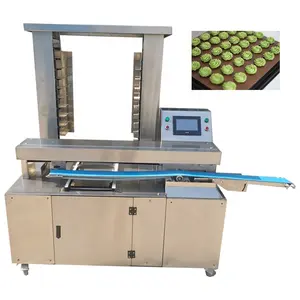










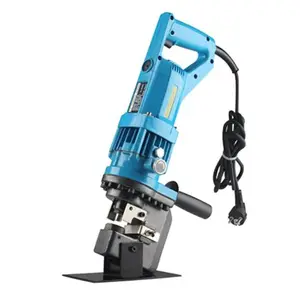
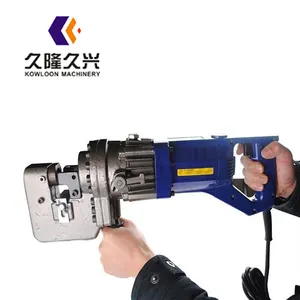


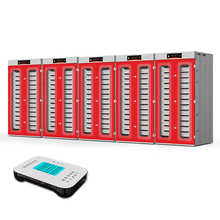
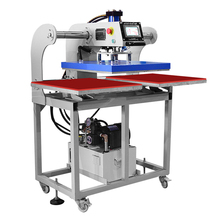
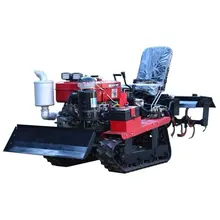






























 浙公网安备 33010002000092号
浙公网安备 33010002000092号 浙B2-20120091-4
浙B2-20120091-4